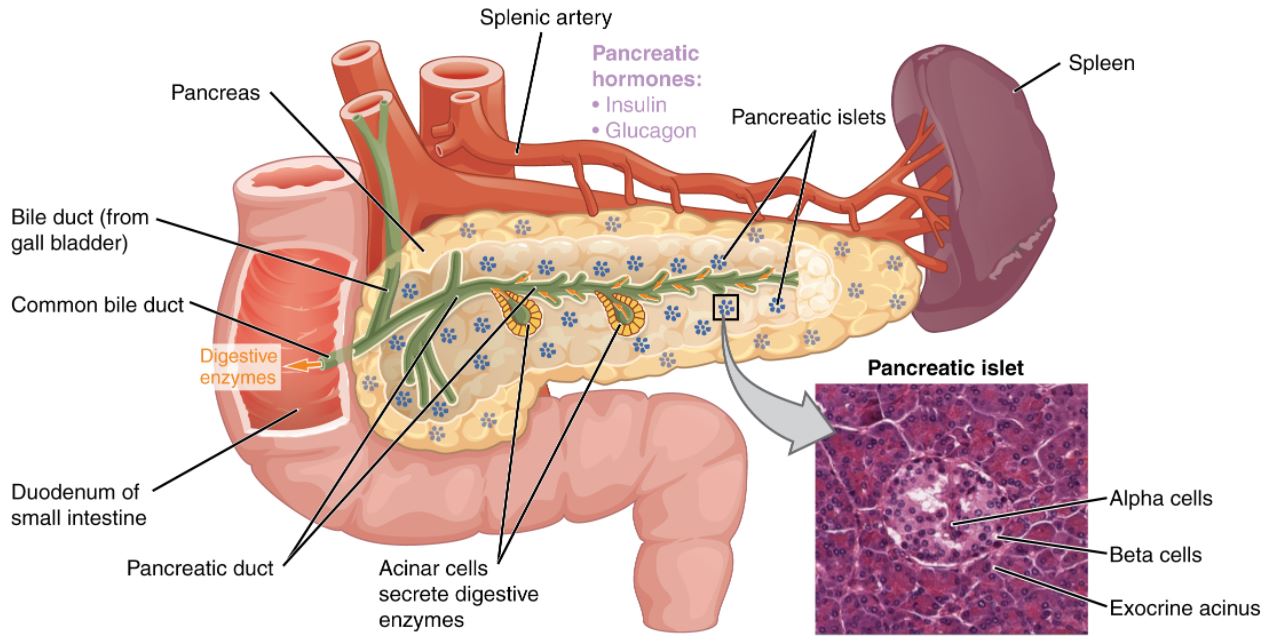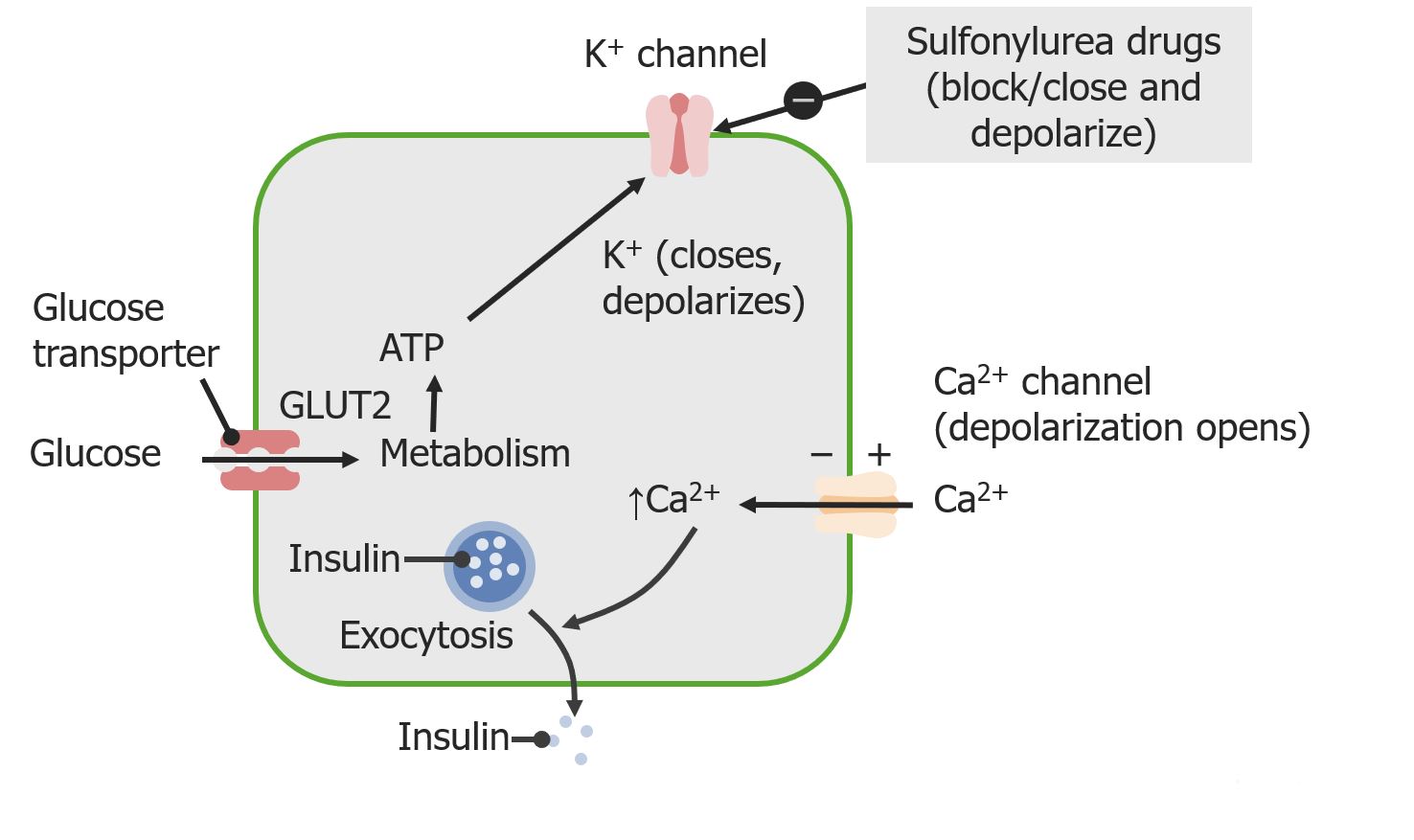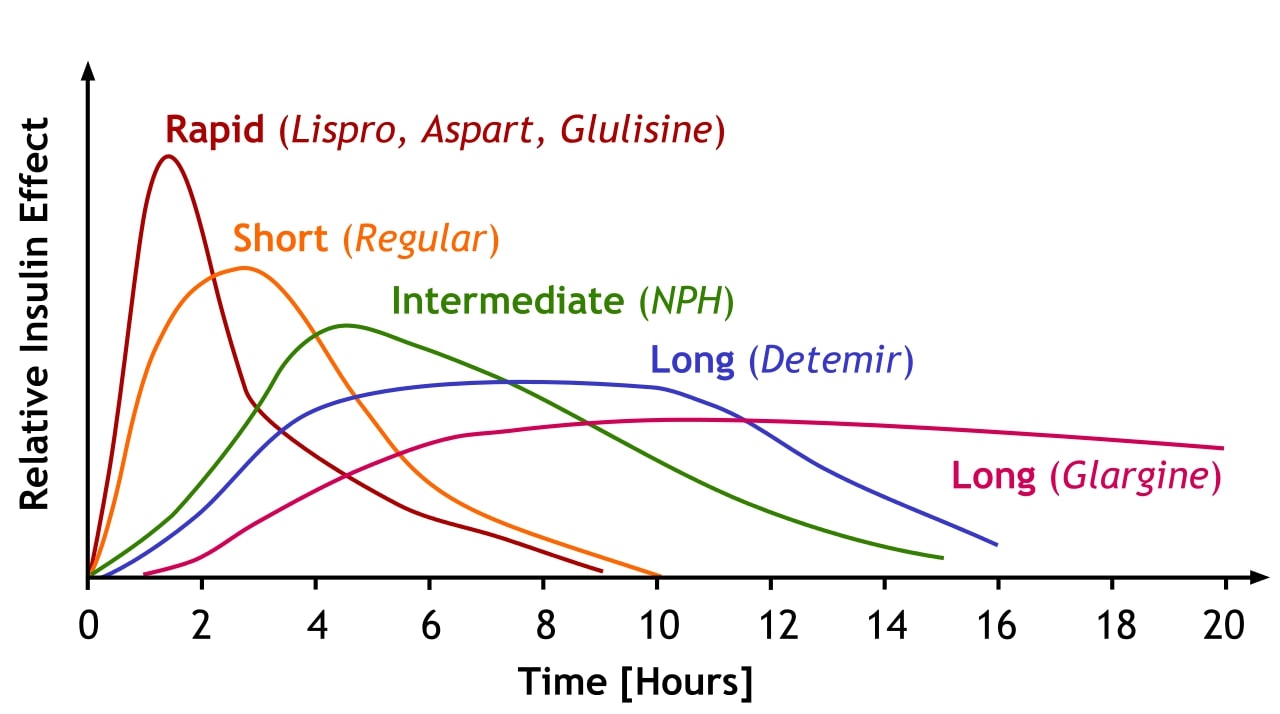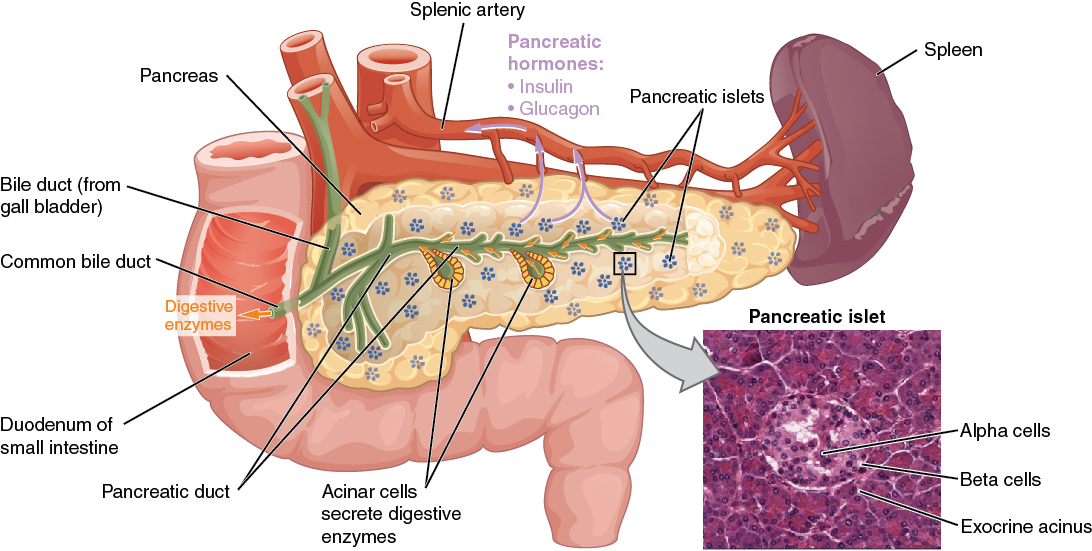Playlist
Show Playlist
Hide Playlist
Type 1 Diabetes (Juvenile Diabetes): Diagnosis
-
Slides Type1Diabetes Pediatrics.pdf
-
Download Lecture Overview
00:01 So if I'm suspecting diabetes in a child. 00:04 Let's say they all have the polys and I want to check how can I make this diagnosis. 00:08 It's not too hard. 00:10 We can obtain a random glucose and really any random glucose over 200 with signs and symptoms consisting of Diabetes will be likely to tell you that this patient is having diabetes. 00:23 For more accuracy we can obtain a 2-hour post-glucose challenge or check the fasting glucose level. 00:30 Typically, people should have a glucose level less than 200 milligrams per decilier if it's been 2 hours after a glucose challenge which is a fixed amount of glucose that they drink. 00:41 If it's above this level, they probably have diabetes. 00:43 Same goes if their fasting glucose level is above 126 miligrams per deciliter. 00:52 Another way to make the diagnosis is by looking for long-term sequelae of having a low insulin level. 00:59 This would be your Hemoglobin A1C which if over 6.5% indicates that this patient may have diabetes. 01:05 Diabetic Ketoacidosis is the emergence that we all fear. 01:11 This is when patients are getting so behind in terms of their sugar levels and their buildup of ketones because they don't have insulin that they can get incredibly sick. 01:21 This is a picture of the same boy. 01:23 This is the boy when they came in with diabetic ketoacidosis and then when he was feeling better. 01:30 These patients are cachexic, dehydrated, they are profoundly tachypneic, they are very sick and they can have brain damage as well. 01:41 So, in type 1 Diabetes, roughly a third of patients when they first present will show up in DKA. 01:49 We define that as a serum pH of less than 7.3. 01:54 A glucose of more than 300 and a serum bicarbonate of less than 15. 01:59 These patients have D-Diabetes with a high glucose, K-ketones in their urine and A-acidosis which is the serum pH and the bicarb level. 02:10 Other tests we can usually get if we wish to figure out exactly what's going on are a CHEM-7 and when we get a CHEM-7 keep in mind that these patients may have what we call a 'pseudohyponatremia'. 02:26 Remember that for every 100 of glucose that is above normal, there is a lowering of the sodium compensatorily that allows for maintenance of the osmostat of the blood. 02:40 So a patient may have a glucose of a thousand and a sodium of 126 and this is actually a relatively normal level. 02:48 Patients can develop a high potassium. 02:52 This is initially mediated through a balancing of protons. 02:56 Remember that if I'm acidotic. 02:58 I'm gonna pack away my protons intracellularily and in return, to maintain electrical neutrality, will spit potassium out of the cell thereby raising my levels of potassium. 03:11 A potassium level may be high in the blood but the patient may actually have a low body potassium. 03:18 So we're gonna keep an eye on this potassium as they continue to improve. 03:21 Patients will classically have an anion gap acidosis. 03:25 This is the ketones that are creating this anion gap. 03:28 You'll see ketones in the blood if you wish to measure them. 03:32 We typically talk about the ketones AcAc and Bah which your acetoacetate and Beta-Hydroxybutyrate. 03:39 We used to measure them, that's not so important anymore but we can check them if we wish and certainly we will see the ketones in the urine on a simple urine dipstick. 03:48 So we're gonna get a urine on all these patients and look for both glucose and ketones. 03:52 Patients with diabetic ketoacidosis may present with a mild pancreatitis. 03:59 It's not so important that we track these illnesses but if you see an elevated amylase and lipase, don't be surprised and usually this is transient and it gets better as the patient recovers from DKA. 04:12 Rarely, patients can have abnormalities in their C-peptide especially if this was not DKA but rather was an example of medical child abuse or Munchausen by proxy. 04:25 Remember, a mother might be injecting her child with insulin and that child's presenting as if they're in DKA when in fact that's not the diagnosis. 04:33 Lastly, we can also now check for autoantibodies directed against the pancreas. 04:38 That's a helpful test in borderline patients where we aren't quite sure.
About the Lecture
The lecture Type 1 Diabetes (Juvenile Diabetes): Diagnosis by Brian Alverson, MD is from the course Pediatric Endocrinology.
Included Quiz Questions
Which of the following lab abnormalities is common in patients presenting with diabetic ketoacidosis?
- Pseudohyponatremia
- Low serum potassium
- Non-gap metabolic acidosis
- Low levels of acetoacetate in the blood
- High serum insulin level
Which of the following is consistent with the diagnosis of diabetes in a patient who has signs and symptoms of diabetes?
- A random blood sugar level of > 200mg/dl
- A random blood sugar level of < 200mg/dl
- An HbA1c level of > 5.4%
- A 2 hr after breakfast blood sugar level of > 140mg/dl
- A fasting blood glucose level of > 100mg/dl
Which of the following is the cause of hyperkalemia in a patient with DKA even though with a depleted level of total body potassium?
- The excess level of H+ ions in the serum move into the cells and K+ ions move out of the cells
- The excess level of glucose molecules in the serum move into the cells and K+ ions move out of the cells
- The excess level of bicarbonate molecules in the serum move into the cells and K+ ions move out of the cells
- K+ ions leave the cells to maintain osmolality of serum
- total body potassium level is not depleted
Customer reviews
5,0 of 5 stars
| 5 Stars |
|
1 |
| 4 Stars |
|
0 |
| 3 Stars |
|
0 |
| 2 Stars |
|
0 |
| 1 Star |
|
0 |
Excellent explanations on the physiopathology. Makes it easy to remember. Thanks!








